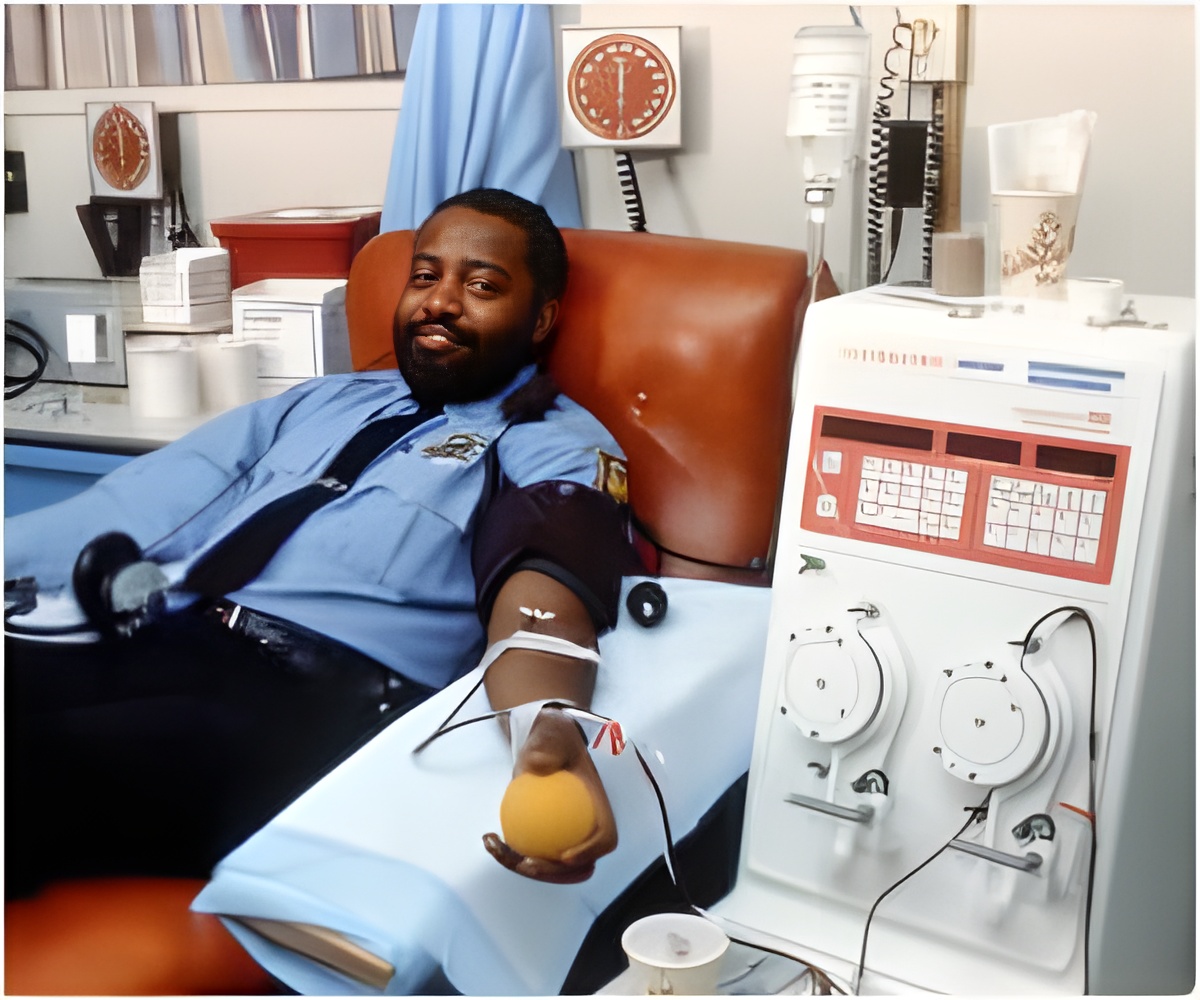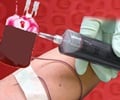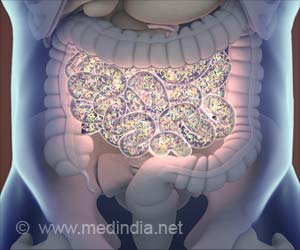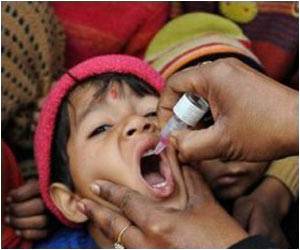
Results of the National Heart and Lung and Blood Institute–funded study are published in today's edition of the New England Journal of Medicine. NewYork-Presbyterian Hospital/Columbia University Medical Center is one of 47 centers participating in the FOCUS (Transfusion Trigger Trial for Functional Outcomes in Cardiovascular Patients Undergoing Surgical Hip Fracture Repair) study, led by
Dr. Jeffrey Carson, Richard C. Reynolds Professor of Medicine at the UMDNJ–Robert Wood Johnson Medical School in New Brunswick, NJ.
Dr. William Macaulay, a co-author and member of the FOCUS steering committee, says, "This study will help resolve the debate about how much blood patients need after surgery. More often than not, a blood transfusion isn't necessary, even for elderly and sick patients.
"The implications are enormous. Reducing the number of blood transfusions will greatly decrease blood use, potentially saving an enormous amount of money," continues Dr. Macaulay, director of the Center for Hip and Knee Replacement at NewYork-Presbyterian Hospital/Columbia University Medical Center, chief of the Division of Adult Reconstructive Surgery of the Hip and Knee, and the Nas S. Eftekhar Professor of Clinical Orthopaedic Surgery at Columbia University College of Physicians and Surgeons.
In the United States, 14.6 million units of blood are transfused each year. Between 60 and 70 percent of blood transfusions are given to patients undergoing surgery and the majority of blood transfusions are given to older patients. Commonly, patients are given a transfusion if their hemoglobin level is at or below 10 g/dL, although a growing number of physicians follow a "restrictive" approach using a lower threshold or symptoms of anemia. In addition, some physicians choose to give blood transfusions to patients with higher blood counts if they are elderly or have cardiovascular disease. Normally, people have blood counts above 12 g/dL.
Advertisement
The difference in blood use was striking. Patients in the restrictive group received 65 percent fewer units of blood than the liberal group, and 58.5 percent of patients in the restrictive group did not receive any blood transfusion.
Advertisement
The FOCUS trial confirms findings of the 1999 Transfusion Requirements in Critical Care Investigators (TRICC) trial, which found that outcomes of a 7 g/dL transfusion threshold and a 10 g/dL threshold were similar for patients in an intensive care setting. FOCUS did not find evidence of increased rates of death, heart attack, or congestive heart failure in its liberal group, despite anecdotal evidence.
Source-Eurekalert












